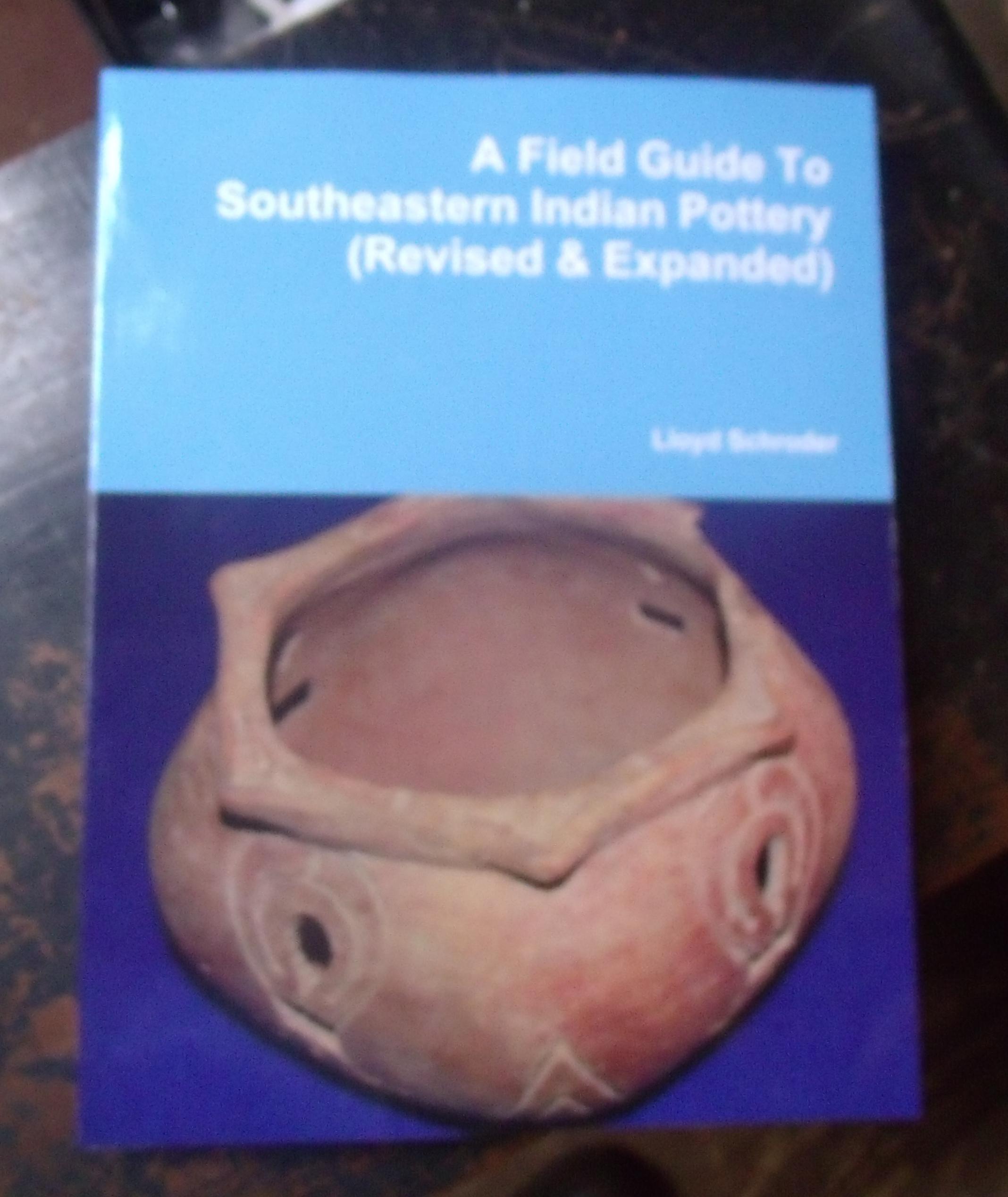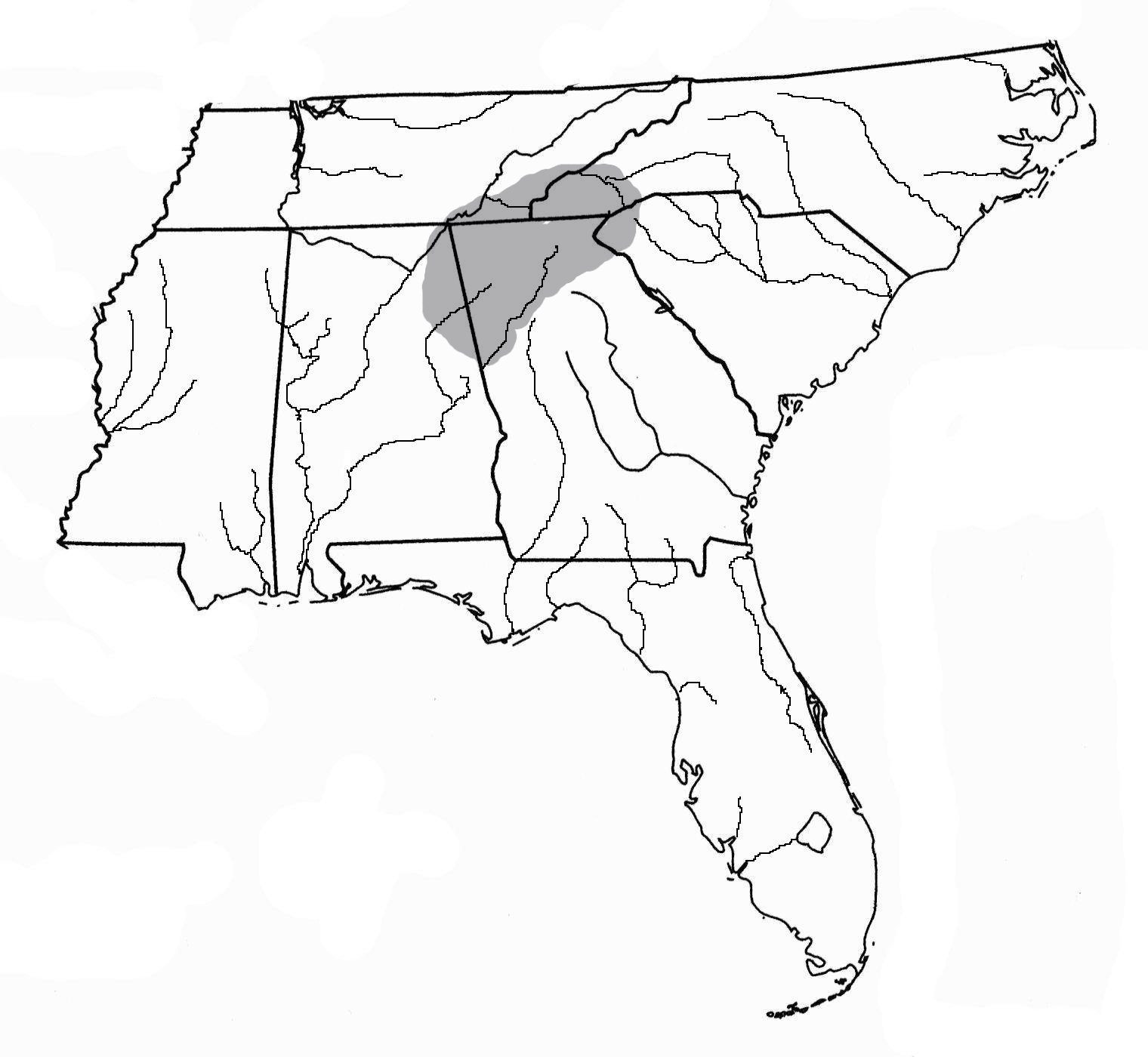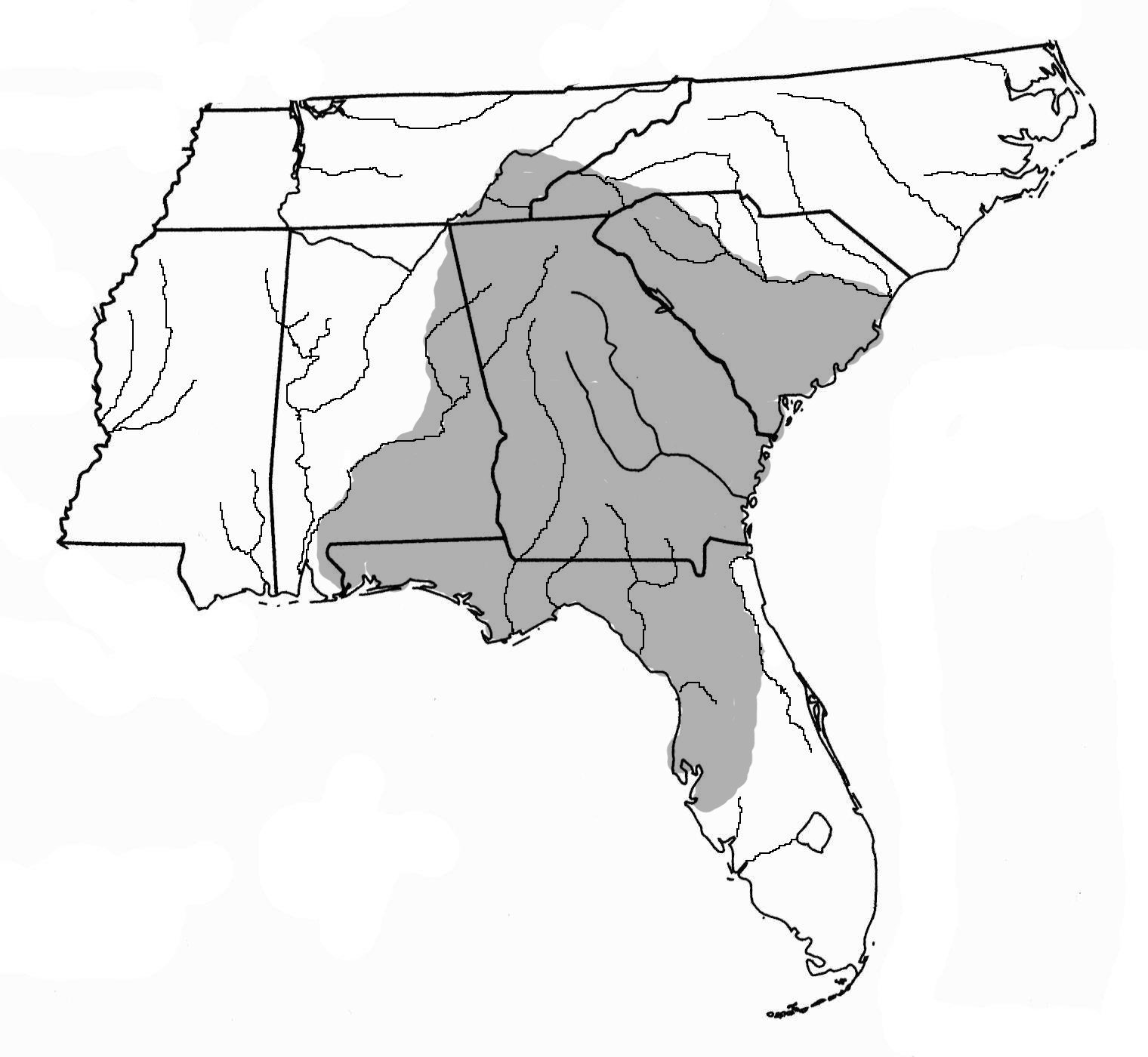——–Click on the surface treatment that most resembles your find———–
Pottery is an amazing artifact. There are many types, all with different designs or no design at all. Designs come from the potter’s imagination or his beliefs. All have different tempers, some of grit or small pebbles, some of Spanish Moss that has burned away, leaving only a trace of its existence. Some types are tempered with sand and some with clay; others with what some would call no temper at all, only to discover that there are small, microscopic sponge spicules that hold it together.
Think about this. Pottery is a lot like people. Each one was fashioned by the Potter’s hand, each uniquely designed from the Potter’s heart. Some were designed for daily use while others were designed for special occasions and celebration. All were tempered, but all have a different temperament. How has the Potter designed you and tempered you? What was His special plan and purpose? We are clay in His hands. Many are like much of the pottery we find, broken and discarded by the world, but there is still hope. Like the pot sherds that were broken and cast aside, then recovered and rounded into gaming stones to become the center of joy in an Indian’s life, our broken lives can be renewed to become the center of joy in the Potter’s heart.
For more detailed information on these and other pottery types within the Southeastern United States, please see our “Publications” page to order Lloyd Schroder’s Field Guide to Southeastern Indian Pottery (Revised & Expanded).
This amazing new book contains over 500 pottery types, each explained in very readable terms with thousands of illustrations and maps of distribution. The volume has earned the acilades of senior archaeologists like David Anderson of the University of Tennessee and well-known Georgia archaeologist Jerald Ledbetter. No serious student of archaeology should be without it.

Boyd Check Stamped pottery was named by Joseph Caldwell from his survey of the Allatoona Reservoir in Cherokee County, Georgia. The type is tempered with medium sized grit particles. The surface decoration consists of deep check stamping. Sherds are fairly thick and grayish to black or white in color resulting from being fired in a reduced oxygen atmosphere. Checks may have a slight rise in the center of the check. A notched applique strip lines the rim. Vessel forms include globular jars with flattened bottoms and flaring rims. Boyd Check Stamped pottery was made during the 18th and 19th century by the Cherokee Indians.
Boyd Check Stamped pottery is found in southeastern Tennessee, western North and South Carolina, northwestern Georgia and northeastern Alabama.

Deptford pottery was named by Joseph Caldwell and Antonio Waring based on the WPA’s work during the 1930’s. Deptford Check and Bold Check are the same type. Their work was done at the Deptford Site 9Ch2 in Chatham County on the Georgia Coast. Deptford pottery is tempered with fine to medium quartz grit. Surface decoration consists of Check stamping over the entire surface of the vessel. Paste color runs from buff to gray or black. Interiors have smoothing marks. Vessel forms include cylindrical jars with a slight shoulder and a rounded or conical base, often with tetrapodal supports. Rims are straight to slightly flared. This pottery was made during the Middle Woodland period from about 200 BC to around 500 AD.
Deptford pottery has been found in southeastern Tennessee, southern South Carolina, western North Carolina, Georgia, eastern Alabama, and northern and central Florida.

Joseph Caldwell Caldwell named this type during his survey of the Allatoona Reservoir. It was named for old Galt’s Ferry over the Etowah River in Cherokee County, Georgia. It is tempered with gritparticles. The surface decoration consists of check stamping on gray to black paste rather than tan or brown paste. Designs and executions of this period are carelessly done. Vessel forms for this type are not well known, but may be a vace shape similar to that of Galt Simple Stamped pottery. This type was made by Historic Cherokee people during the 1700’s and early 1800’s.
This pottery was named by Tom Lewis and Madeline Kneberg for the Overhill Cherokee of the 18th century, mostly found along the Little Tennessee and upper Hiwassee Rivers in eastern Tennessee and extreme northern Georgia. It is tempered with coarsely crushed shell or occasionally coarse grit. Grit tempered examples may be slightly earlier. The surface decoration is check stamping over the entire vessel. Known vessel forms include vertical jar rims and incurved or flared bowl rims. Rims are also sometimes notched. Shell tempered examples date to the mid 1700’s as Cherokee pottery. The grit tempered examples are thought to be somewhat earlier as well as contemporaneous with shell tempered examples.
This type was defined by Joseph Caldwell and Antonio Waring at the Irene site in Chatham County, Georgia. It was named for the Savannah River and the city of Savannah, Georgia. This type is normally tempered with grit particles, but has been found to be tempered with sand along the central Savannah River basin. The surface is decorated with check stamping over all or most of the vessel. Reed punctations sometimes occur in the rim area. The known vessel form is the globular jar with a rounded base. Rims usually flare, but can be everted, straight, or rarely in-curving. Folded rims are known, but seem to appear late in the type period. Lips are squared, stamped beveled, or sometimes rounded. The type was made during the Middle Mississippian period.
William Haag identified this type during his TVA survey of northern Alabama. The type is named for the town of Wright, Alabama. This pottery is tempered with limestone. The surface decoration is check stamping over the entire surface of the vessel. The rim may have integrated stamping from other tipes such as the early Woodstock Complicated Stamped design in the example here. The paste is gray to tan. The vessel forms include deep bowls or globular jars with folded rims or with a line under the rim. The pottery was made during the Middle to Late Woodland period. It is found in northeastern Alabama, Eestern Tennessee and northwestern Georgia.
This type was defined during WPA excavations during the 1930’s in the Wheeler Basin on the Tennessee River in north central Alabam. It is tempered with a mixture of fiber and limestone. The surface decoration consists of check stamping on fiber and limestone mixed paste. Vessel forms are unknown. The type was made during the Late Archaic and Early Woodland periods and can be found in southeastern Tennessee, northern Alabama and northwestern Georgia.